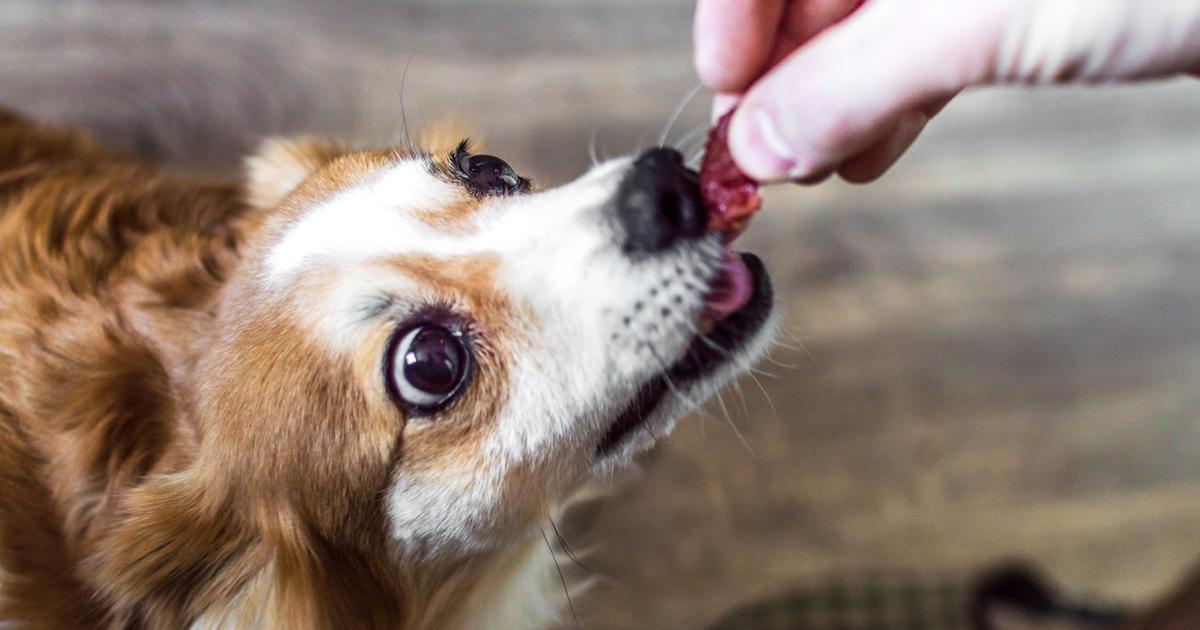Pet nutrition contributes to their good health.
It consists of clear water at room temperature and, depending on preferences and the type of animal, kibble, mash or even seeds.
However, it is tempting to diversify a dog or cat's menu by adding food scraps.
These can come from an unfinished meal or from preparing a recipe.
But this habit can be dangerous for animals.
To discover
February: what vegetables and fruits are in season?
Is giving table scraps to your pet a good idea?
Veterinarians recommend not giving leftovers to a pet, even if they are insistent or haven't eaten yet.
Indeed, the food we consume is often too fatty, too salty or too sweet for the digestive system of the dog or cat.
If he eats these leftovers, he may suffer from diarrhea, kidney failure, etc. But this action is not only bad from a medical point of view: it can also encourage your companion to adopt bad reflexes.
This can disrupt his education, push him to loiter near the table at meal time or even steal food.
Leftovers that you should not give to your dog or cat
Feeding leftovers to a dog or cat can happen if owners are not informed of the risks to the animals' health.
However, it can represent a real danger when truly harmful foods are put in the bowl.
So, many pet owners know not to give chocolate, alcohol or milk to pets.
Even in cats, the lactose contained in milk can cause digestive problems, vomiting or diarrhea.
But did you know that cashew nuts, avocado, grapes and even leeks are toxic to dogs and cats?
The Alliaceae
family
for example (which includes garlic, onion, leek and chives) can cause anemia or kill the animal if a small amount is ingested.
Avocado and grapes, while very good for humans, are responsible for digestive, respiratory and cardiovascular problems.
Also read Cat food dispenser: a good idea?
What remains can be given to an animal?
Table scraps should therefore be avoided for pets, including as treats.
In addition to representing a potential danger to their health, these foods can promote weight gain and the development of certain diseases such as diabetes.
In dogs, this reflex should be avoided as much as possible.
However, the cat's digestive system is more tolerant.
It is therefore possible to give him small pieces of meat.
The latter must be unseasoned, preferably unprocessed and above all well cooked.
Before giving the meat to the animal, you must also eliminate anything that could represent a choking risk such as bones, bones, fat or rinds.
Finally, these leftovers must be placed in the bowl before or after the family meal.

